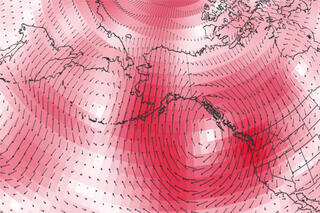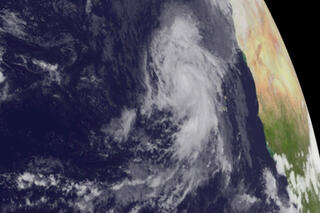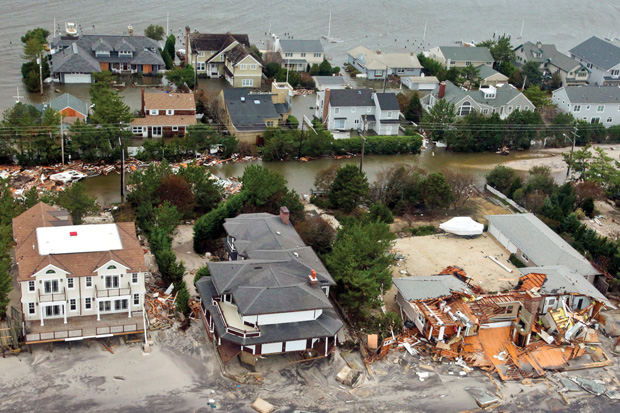
Understanding how extreme events in 2012 were influenced—or not—by human-caused climate change
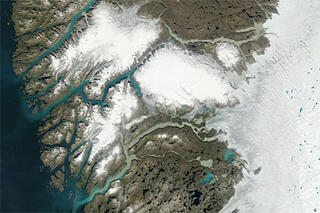
New Record Temperature in Southwest Greenland?
August 26, 2013
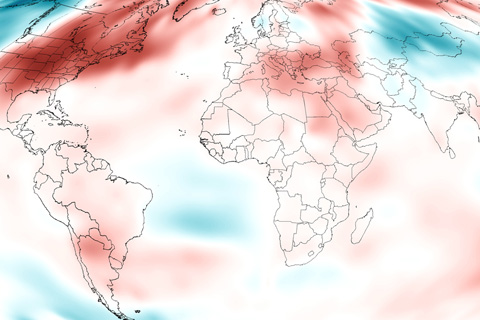
Since 1976, every year has been warmer than the long-term average, and 2012 continued the trend: the global surface temperature ranked among the top 10 warmest years on record.
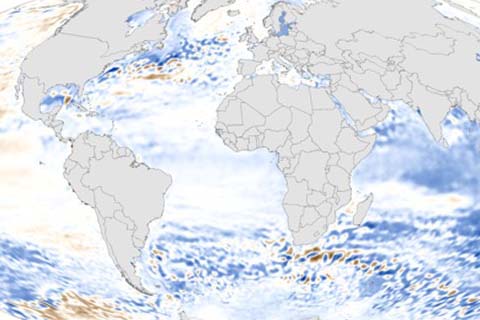
Global average sea level in 2012 was 1.4 inches above the 1993-2010 average, which was the highest yearly average in the satellite record. Sea level has been rising over the past century, and the pace has increased in recent decades.
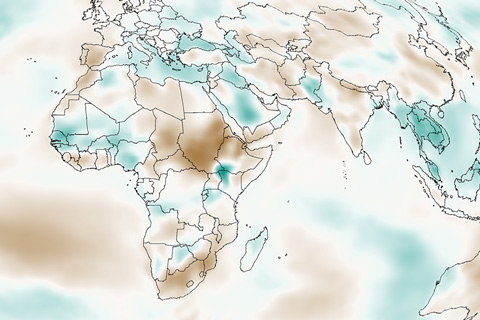
Earth's atmosphere includes billions and billions of gallons of evaporated water: in fact, water vapor is Earth's most abundant greenhouse gas.
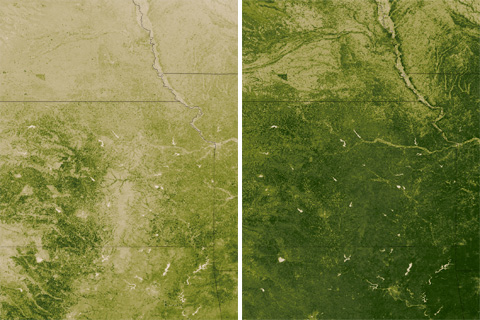
A plant is a sophisticated climate-observing device. These satellite maps of the central and southern Great Plains during the week of April 8, 2012, and 2013 show how plants in the heart of the U.S. winter wheat croplands "measured" dramatically different climate conditions this spring than last.
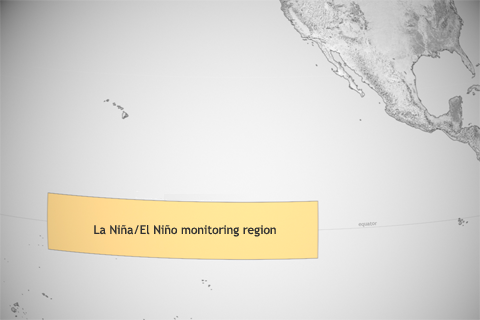
As the whole ocean gets warmer, NOAA scientists must redefine what they consider “average” temperature in the central tropical Pacific, where they keep watch for El Niño and La Niña.
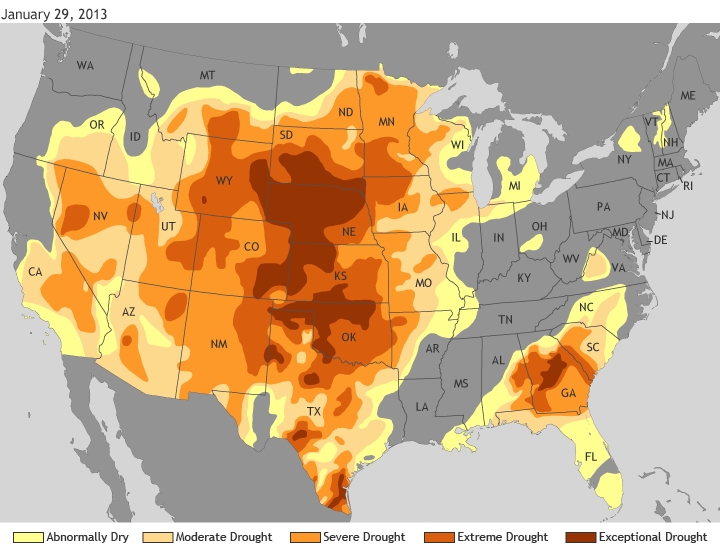
According to the U.S. Drought Monitor, an estimated 58 percent of the contiguous United States was in some level of drought as of January 29, with an additional 12 percent in the “Abnormally dry” category.
